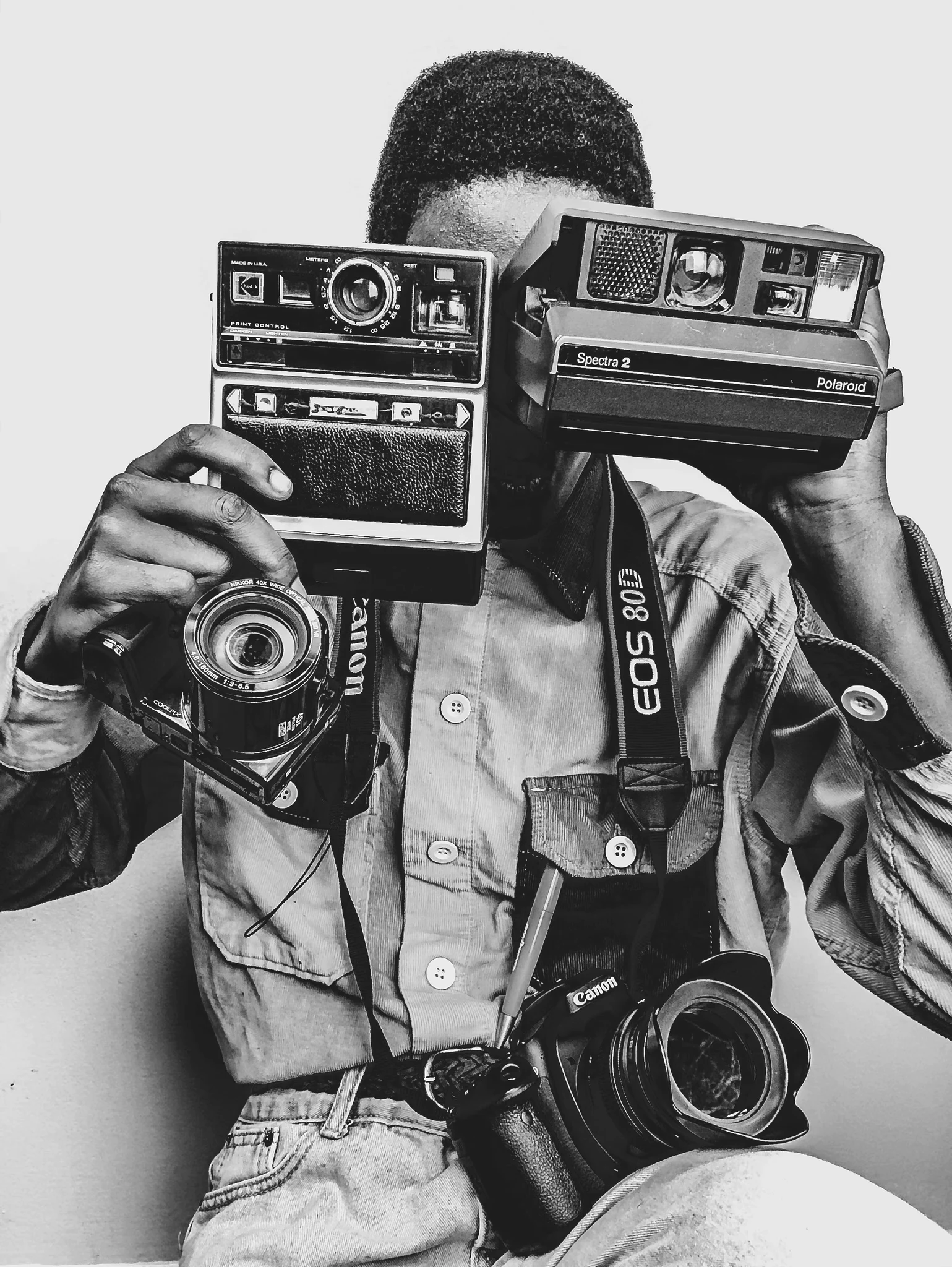The Power of Visual Storytelling
Jul 17, 2024

Visual storytelling is a powerful tool in the world of design. It combines visual media with narrative to convey messages, evoke emotions, and engage audiences. This technique is increasingly important in a digital age where attention spans are short, and visual content dominates.
The Elements of Visual Storytelling
Visual storytelling involves various elements, including imagery, typography, color, and layout. Each component plays a role in conveying the story and engaging the audience. Imagery can evoke emotions and convey complex ideas quickly. Typography helps set the tone and readability of the story. Color influences mood and perception, while layout ensures the story is easy to follow.
Creating a Visual Narrative
To create an effective visual narrative, designers must first understand the message they want to convey. This involves knowing the audience and the story's core elements. Once the message is clear, designers can choose the visual elements that best represent the story. Consistency in style and tone is crucial to maintain coherence and impact.
The Impact of Visual Storytelling
Visual storytelling can significantly enhance communication and engagement. It can make complex information more accessible and memorable. By evoking emotions, it creates a deeper connection with the audience. This technique is particularly effective in marketing, where it can influence consumer behavior and brand perception.
Case Studies
Several brands have successfully used visual storytelling to engage their audiences. For example, Airbnb's "Belong Anywhere" campaign uses user-generated content to tell stories of unique travel experiences. National Geographic's Instagram account leverages stunning photography to share stories about nature and exploration. These examples show how visual storytelling can create compelling and memorable content.
Conclusion
Visual storytelling is a potent tool in the designer's arsenal. By combining visual elements with narrative, designers can create engaging and impactful content. In a world where visual media is prevalent, mastering the art of visual storytelling is essential for effective communication and audience engagement.
Visual storytelling is a powerful tool in the world of design. It combines visual media with narrative to convey messages, evoke emotions, and engage audiences. This technique is increasingly important in a digital age where attention spans are short, and visual content dominates.
The Elements of Visual Storytelling
Visual storytelling involves various elements, including imagery, typography, color, and layout. Each component plays a role in conveying the story and engaging the audience. Imagery can evoke emotions and convey complex ideas quickly. Typography helps set the tone and readability of the story. Color influences mood and perception, while layout ensures the story is easy to follow.
Creating a Visual Narrative
To create an effective visual narrative, designers must first understand the message they want to convey. This involves knowing the audience and the story's core elements. Once the message is clear, designers can choose the visual elements that best represent the story. Consistency in style and tone is crucial to maintain coherence and impact.
The Impact of Visual Storytelling
Visual storytelling can significantly enhance communication and engagement. It can make complex information more accessible and memorable. By evoking emotions, it creates a deeper connection with the audience. This technique is particularly effective in marketing, where it can influence consumer behavior and brand perception.
Case Studies
Several brands have successfully used visual storytelling to engage their audiences. For example, Airbnb's "Belong Anywhere" campaign uses user-generated content to tell stories of unique travel experiences. National Geographic's Instagram account leverages stunning photography to share stories about nature and exploration. These examples show how visual storytelling can create compelling and memorable content.
Conclusion
Visual storytelling is a potent tool in the designer's arsenal. By combining visual elements with narrative, designers can create engaging and impactful content. In a world where visual media is prevalent, mastering the art of visual storytelling is essential for effective communication and audience engagement.